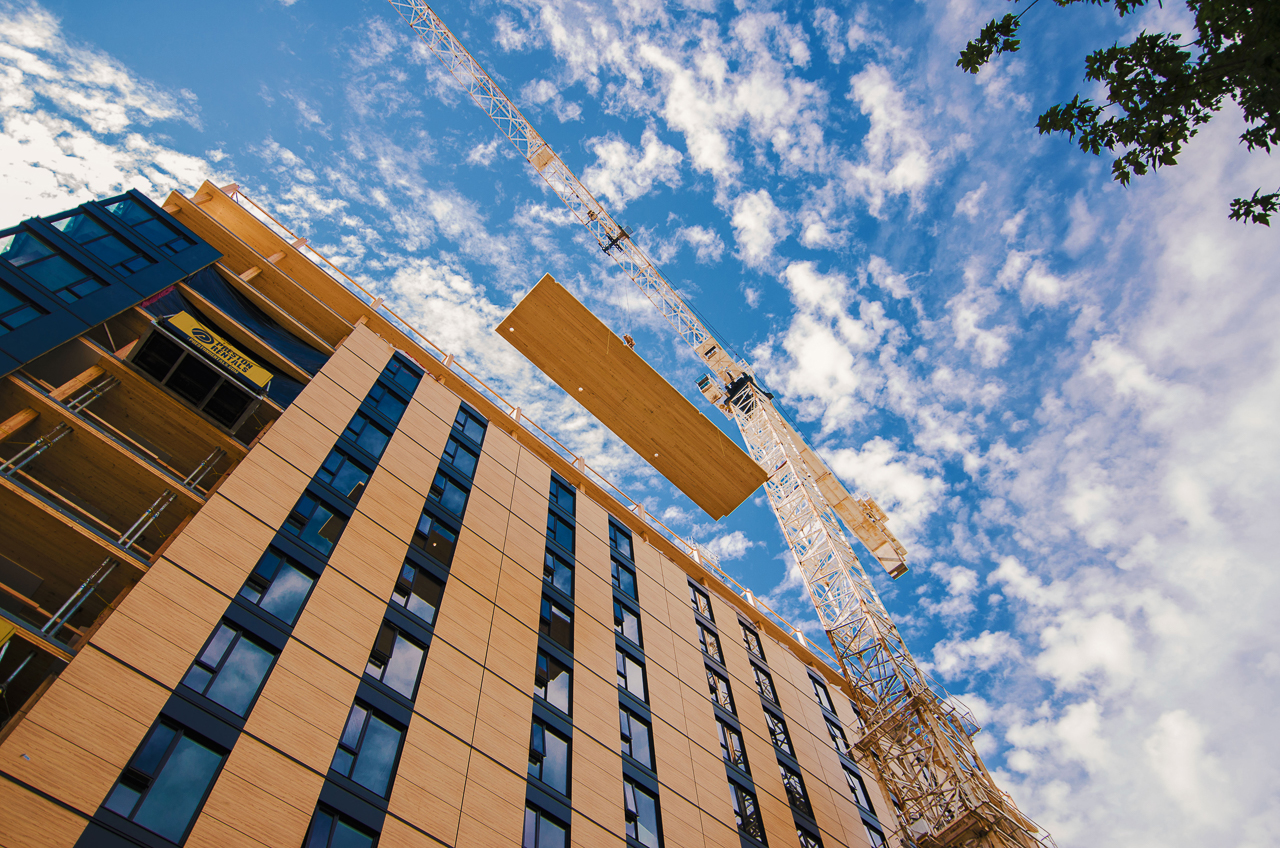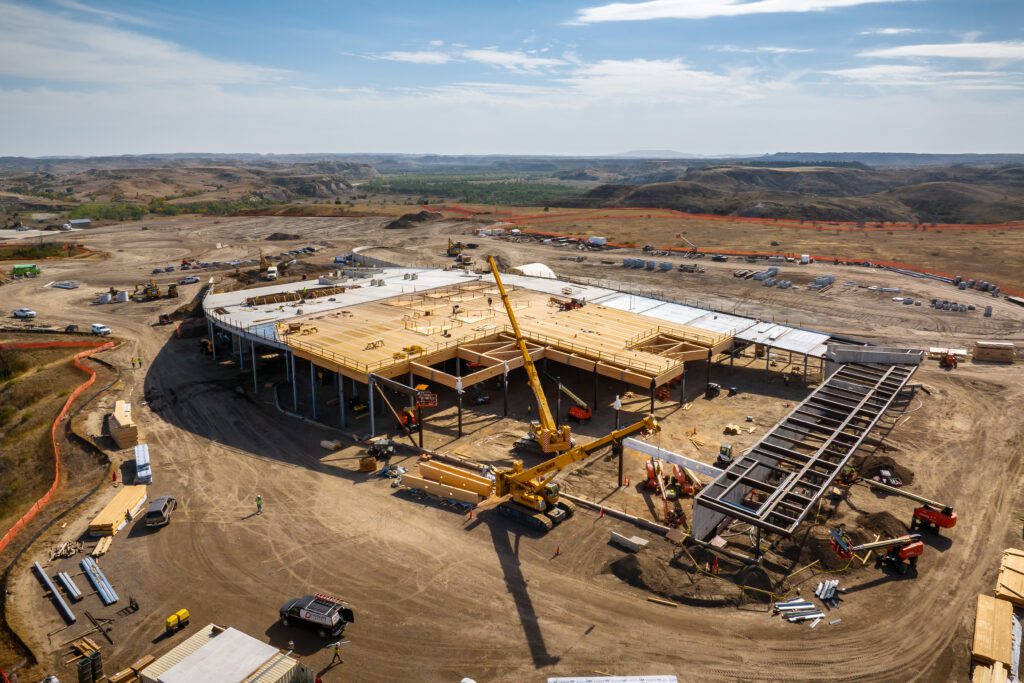by William Sampson, Woodworking Network
Editor’s note: This is taken from a Woodworking Network Podcast interview and has been edited for length and clarity. To listen to the full interview, visit woodworkingnetwork.com/podcasts.
William Sampson: Today, our guest is Todd Beyreuther, director of product development for Mercer Mass Timber. He’s at the forefront of a dynamic and growing construction trend. Welcome to the Woodworking Network Podcast.
Todd Beyreuther: Well, thank you and I’m really honored to be here.
WS: Now, let’s start at the beginning. Can you give us a quick summary of what mass timber is and why it matters?
TB: Your lead in there is kind of the origin story. We all come from some background, whether it’s architecture, engineering, or in my case construction, and then we found our way into this manufacturing world. Mass timber really just fits that kind of prefabrication world really well. By definition what it really means is it’s a new construction type, new materials in the building codes, and the “mass” part is really a performance strategy on how a building performs in fire and in terms of structure and so forth. So, that’s how we start with that category. But then, we’re in a factory setting. It takes advanced manufacturing methodologies to achieve.
WS: So, what we are talking about is using large wood products instead of concrete and steel to build buildings, correct?
TB: Yeah, it often gets pitted against concrete and steel and other technologies because those are the mature technologies, but it’s very much like the way we build buildings out of concrete and steel. But I spend a lot of my time bringing mass timber into hybrid approaches with light frame work and cold form steel. As we are maturing as an industry and we’re still emerging — less than 5 percent — as we do that, I think it’s really important that we make mass timber just as relevant with those low-rise, light frame construction types as the big buildings.
WS: The high rises that get all the sex appeal.
TB: They get all the attention and fine, 90 percent of the attention and be 5 percent of the industry, but that’s one of those kind of stories, yeah.

